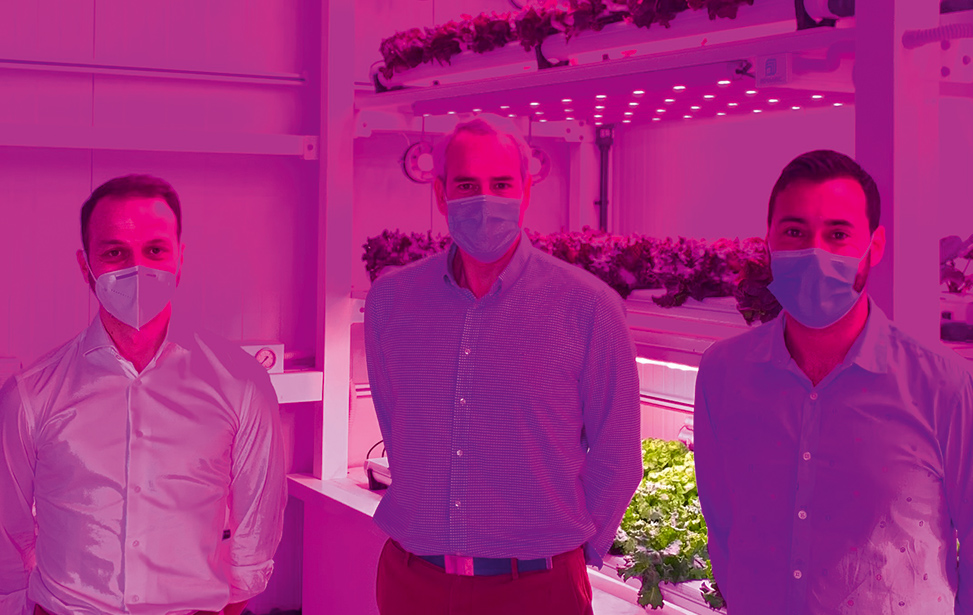In the rural Keles district of Bursa, Turkey, an agricultural transformation is taking place, driven by the innovative approach of hydroponic greenhouse farming. Agricultural engineer Ismail Duman has successfully implemented soilless farming techniques in this challenging mountainous region, where traditional agriculture has long been hindered by infertile soil and harsh climatic conditions.
Duman’s venture into hydroponic farming has not only defied the limitations of the local environment but has also yielded remarkable results. Over the past two years, Duman has cultivated a variety of crops, including tomatoes, peppers, cucumbers, eggplants, and melons, using a method that eliminates the need for soil. By planting in pots filled with a cocopeat mix, Duman has achieved a 50% increase in yield compared to traditional greenhouses. This approach not only maximizes space utilization but also reduces the prevalence of soil-borne diseases, which are a common challenge in conventional farming.
One of the most striking advantages of Duman’s method is its economic efficiency. “Our productivity can increase up to four times compared to traditional greenhouse farming,” Duman explains. “We expect to harvest at least twice as much produce. Furthermore, our labor and fertilizer costs are significantly lower, and we don’t face issues with wild weeds like other greenhouses do.”
The success of Duman’s greenhouse has inspired other local producers to explore hydroponic farming. The method’s ability to deliver high-added value on small plots of land has attracted attention, especially in regions where traditional farming is not viable. “When I arrived here from Antalya three years ago, no one believed that growing tomatoes was possible in these conditions,” Duman recalls. “Now, seeing our success, other growers are eager to learn and adopt soilless farming.”
The environmental benefits of hydroponic greenhouses are also noteworthy. The absence of soil reduces the need for chemical treatments, contributing to a more sustainable agricultural practice. Additionally, the use of drip irrigation in these greenhouses ensures that nutrients are efficiently delivered to plants, minimizing water waste and further enhancing sustainability.
Looking ahead, Duman plans to expand his greenhouse operations and continue to support other growers in the region. He believes that with an initial investment in a 250 to 500 square meter hydroponic greenhouse, farmers can achieve five times the profit of traditional farming methods. This shift not only promises economic benefits for the growers but also offers a sustainable solution for agricultural production in regions where conventional methods are no longer viable.
As hydroponic farming continues to gain traction in Turkey, it presents a compelling opportunity for investors and entrepreneurs seeking to capitalize on the future of sustainable agriculture. The success in Bursa’s mountainous region is a testament to the potential of innovative farming techniques to overcome environmental challenges and create new avenues for growth in the agricultural sector.











